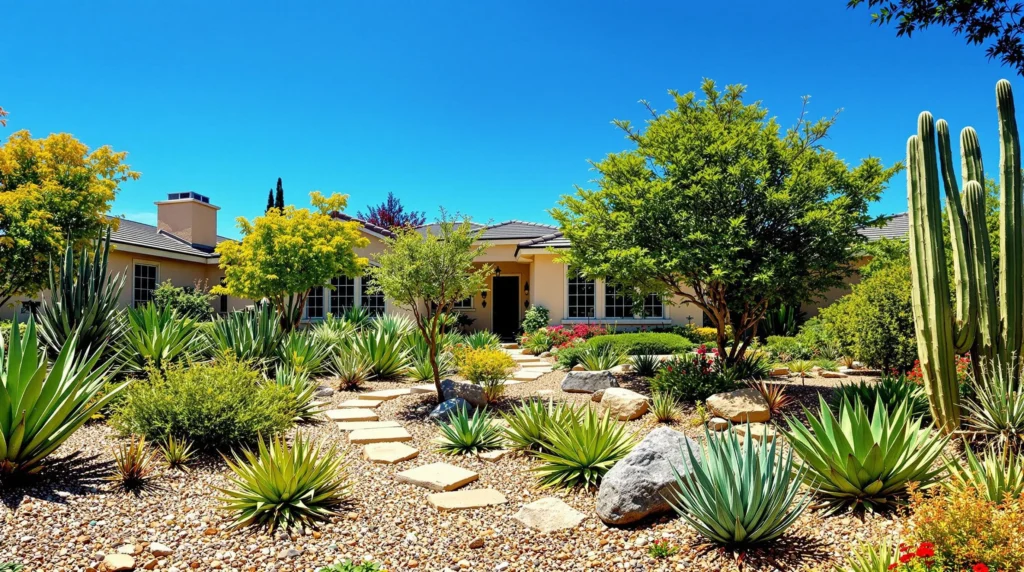Understanding the Importance of Fire Resistant Landscaping
Fire resistant landscaping isn’t just a trend—it’s a critical safety measure for homeowners in wildfire-prone regions. By strategically selecting and arranging plants, materials, and features around your property, you’re creating a natural defense system against advancing flames. This approach significantly reduces the risk of embers igniting your home and gives firefighters a safer space to protect your property. Beyond safety benefits, fire-resistant landscapes often require less water, minimize maintenance needs, and can enhance your property’s value. Many insurance companies now offer discounts to homeowners who carry out these preventative measures, making it both a smart safety decision and a financially sound investment. As climate change continues to extend fire seasons and increase wildfire intensity across many regions, incorporating these principles into your industry design has never been more important.
Creating Defensible Space: Zones for Fire Protection
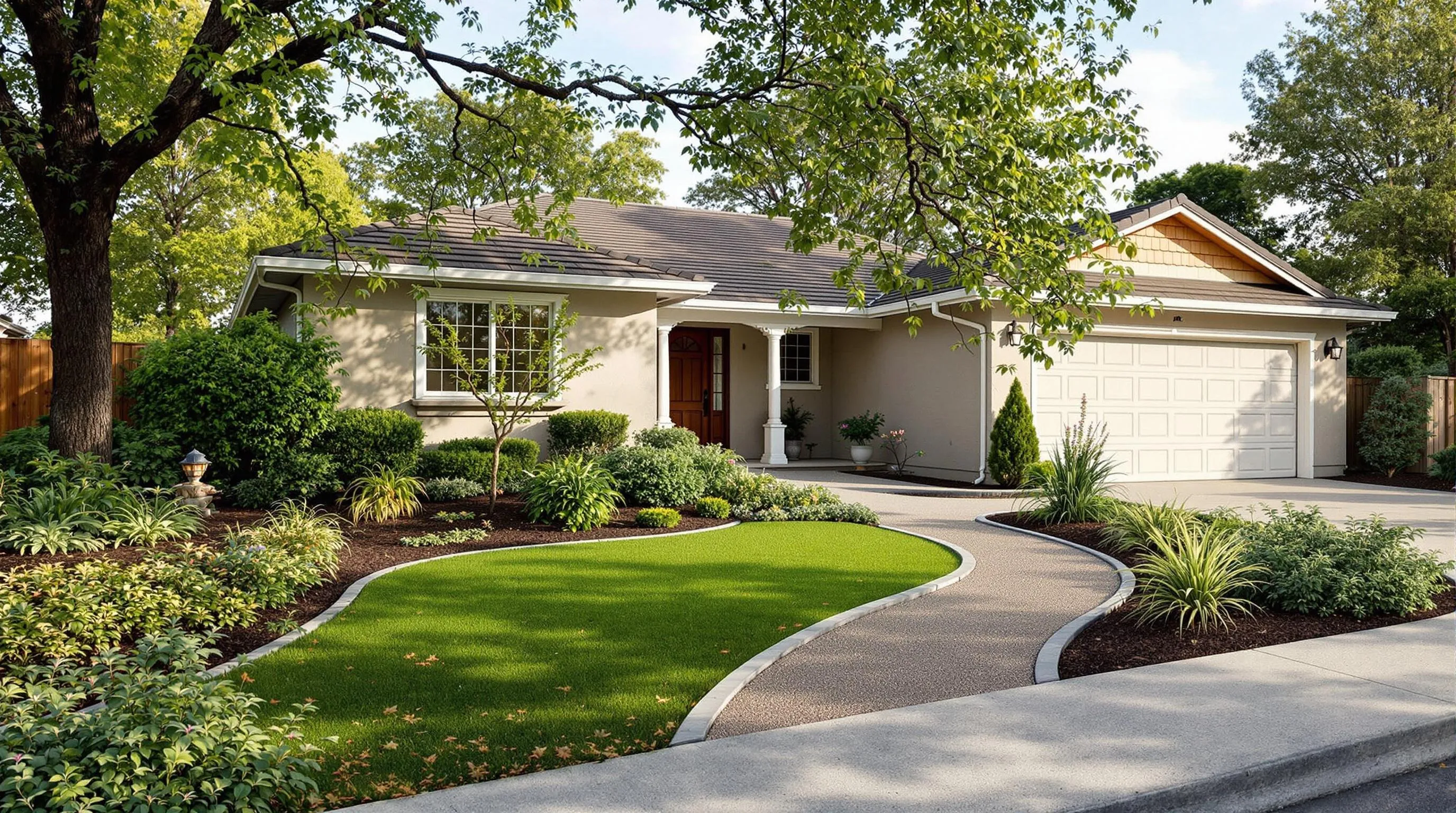
Defensible space is your property’s first line of defense against wildfires. By strategically organizing your industry into zones, you’ll create barriers that can slow or stop fire progression toward your home.
Zone 1: The Immediate 30-Foot Area Around Your Home
Zone 1 requires the most rigorous fire-resistant landscaping as it directly surrounds your home. Remove all dead vegetation, fallen leaves, and flammable materials from this area. Replace wooden mulch with non-combustible options like gravel or crushed stone. Limit plantings to low-growing, high-moisture fire-resistant species that are well-spaced and regularly maintained. Keep trees trimmed so branches are at least 10 feet from your roof and other trees. Consider hardscaping elements like stone patios, driveways, and walkways to create fuel breaks. This zone should function as a “lean, clean, and green” area that provides minimal fuel for approaching fires.
Zone 2: The 30-100 Foot Perimeter
Zone 2 serves as your secondary defense barrier. Create horizontal and vertical spacing between vegetation to prevent fire from climbing from ground to treetops. Space trees at least 20 feet apart and trim lower branches to 6-10 feet above ground. Remove ladder fuels (vegetation that allows fire to climb from ground into trees) and maintain low-growing plants to a height of less than 18 inches. Introduce more fire-resistant shrubs and trees while maintaining irrigation to keep plants hydrated and less flammable. Incorporate features like gravel pathways or stone walls that act as firebreaks throughout this area. Regular maintenance in this zone prevents dangerous fuel buildup.
Zone 3: The Extended Industry Area
Zone 3 encompasses the area 100+ feet from your home and focuses on reducing fire intensity. Thin vegetation selectively rather than completely removing it to maintain natural erosion control. Space trees in small clusters with gaps between groups to disrupt fire pathways. Remove highly flammable invasive species and replace them with native fire-resistant alternatives. Maintain access roads by keeping them clear of overhanging vegetation to ensure emergency vehicle access. Consider grazing by goats or sheep as a natural method to reduce fuel loads in larger properties. This outer zone acts as your first encounter with approaching wildfires, reducing their speed and intensity before they reach the inner zones.
10 Fire-Resistant Plants for Your Garden

Choosing the right plants is crucial for creating a fire-resistant industry that complements your defensible space strategy. These plants typically have high moisture content, low resin or oil levels, and minimal dead material, making them less likely to ignite and spread flames.
Succulents and Cacti Options
Succulents and cacti are excellent fire-resistant choices due to their high water content and minimal dry material. Aloe vera not only offers medicinal benefits but also creates effective fire breaks with its fleshy leaves. Jade plants (Crassula ovata) provide year-round green foliage while storing important moisture. Agave varieties offer dramatic architectural elements and require minimal maintenance. Sedum (stonecrop) works well as ground cover, with varieties like ‘Autumn Joy’ adding seasonal color. Ice plant (Delosperma) spreads quickly to create carpets of vibrant flowers that help prevent soil erosion and resist ignition during fire events.
Fire-Resistant Trees and Shrubs
Strategic placement of fire-resistant trees and shrubs can enhance your industry’s safety while providing shade and structure. Western redbud (Cercis occidentalis) offers beautiful spring blossoms and maintains high moisture content in its leaves. California lilac (Ceanothus) provides drought tolerance with attractive blue or purple flowers. Ornamental pomegranate shrubs combine fire resistance with edible fruits and bright orange flowers. Toyon (Heteromeles arbutifolia) is a native shrub with red berries that attract wildlife while resisting ignition. French lavender delivers aromatic benefits and fire resistance due to its low oil content compared to other lavender varieties. When planting these options, maintain proper spacing between mature specimens to prevent creating fuel bridges.
Ground Cover Plants That Resist Fire
Ground covers are vital components of fire-resistant landscaping, helping to prevent erosion while creating natural firebreaks. Woolly thyme forms a dense, low-growing mat that stays green year-round and requires minimal water once established. Creeping phlox provides cascading spring color while maintaining sufficient moisture to resist ignition. Ajuga (bugleweed) thrives in shady areas, offering blue-purple flower spikes and dense foliage that suppresses weeds and resists fire. Beach strawberry (Fragaria chiloensis) creates a carpet of green leaves with small white flowers and occasional edible fruits while requiring minimal maintenance. Dymondia margaretae (silver carpet) forms a tight, low-growing mat with silver-gray foliage that withstands foot traffic and creates effective firebreaks between garden sections.
Hardscaping Elements That Serve as Fire Breaks
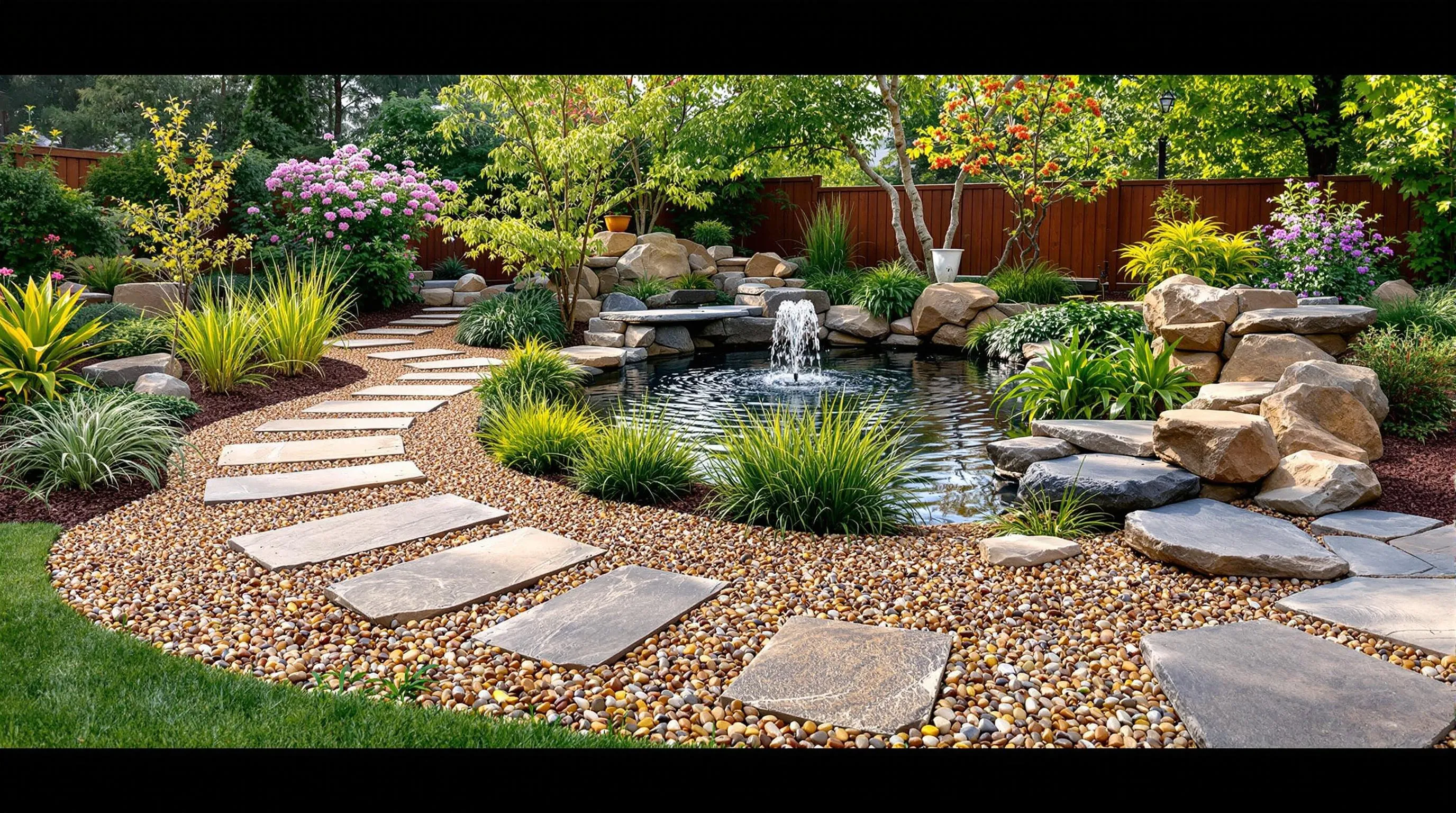
Incorporating hardscaping elements into your industry design creates effective fire breaks that can significantly reduce wildfire spread. These non-combustible features not only enhance your property’s fire resistance but also add aesthetic value and functionality to your outdoor spaces.
Stone Pathways and Patios
Stone pathways and patios offer excellent fire resistance while providing practical walking surfaces around your property. Natural stone materials like flagstone, slate, and granite create impermeable barriers that prevent flames from advancing. Install these features strategically to create a buffer zone between your home and vegetation, particularly in your defensible space Zone 1. For maximum effectiveness, extend stone patios at least 3-5 feet from your home’s foundation and use stone pathways to connect different areas of your yard, effectively compartmentalizing your industry to slow fire progression.
Decorative Gravel Areas
Decorative gravel serves as an attractive and highly effective fire barrier in your industry design. Unlike mulch, which can be combustible, gravel won’t ignite or spread flames. Create gravel buffer zones between plant groupings, around fire-prone structures, or as complete replacements for lawns in high-risk areas. Opt for river rock, crushed granite, or pea gravel in varying colors to enhance visual interest. These materials also provide excellent drainage and require virtually no maintenance. For optimal fire protection, install gravel beds at least 4 inches deep and consider adding industry fabric underneath to prevent weed growth.
Water Features as Fire Barriers
Water features function as natural fire barriers while adding tranquility and visual interest to your industry. Strategically placed ponds, pools, or rill systems can effectively block advancing flames and provide emergency water sources during wildfires. Install recirculating water features like fountains or streams that require minimal water consumption but maximize fire protection. For smaller properties, consider container water gardens with fire-resistant aquatic plants. Position these features between your home and the direction of highest fire risk, typically downslope or facing nearby wildlands. During peak fire season, ensure water features remain filled and pumps operational to maintain their protective benefits.
Smart Irrigation Systems for Fire-Resistant Landscapes
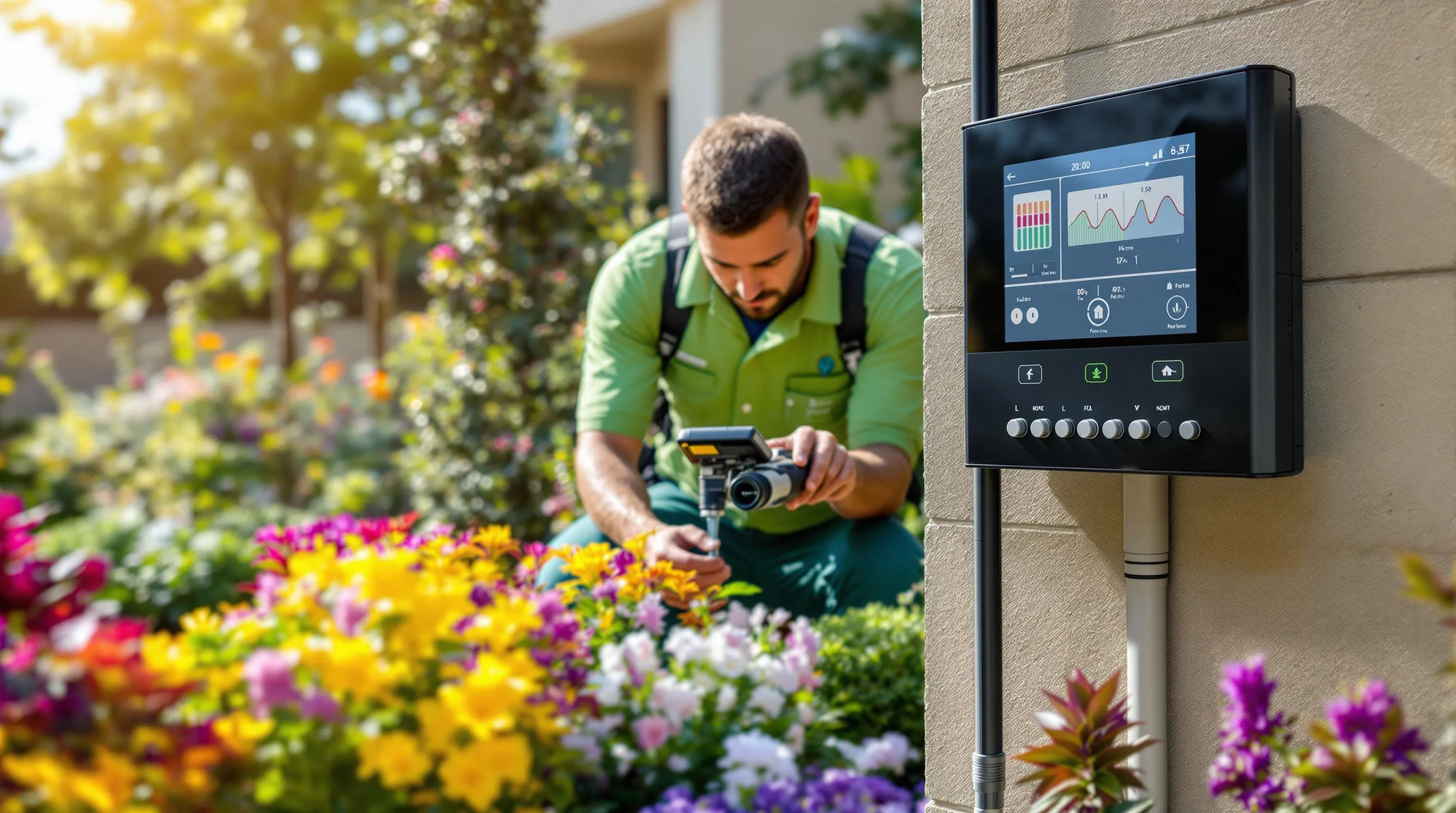
Proper irrigation is essential for maintaining a fire-resistant industry. Smart irrigation systems help you keep your plants hydrated while conserving water and reducing fire risk. These systems use weather data, soil moisture sensors, and automated controls to deliver precise amounts of water exactly when and where it’s needed. By installing drip irrigation rather than overhead sprinklers, you’ll reduce evaporation and ensure water reaches plant roots directly. Smart controllers can adjust watering schedules based on weather forecasts, suspending irrigation before rain and increasing it during heat waves. Many systems now offer smartphone connectivity, allowing you to monitor and adjust your irrigation remotely. For optimal fire resistance, consider installing separate irrigation zones for your defensible space areas, with priority given to plants nearest your home. Some advanced systems even integrate with local fire alert networks, automatically activating sprinklers during high-risk periods. Beyond fire protection, smart irrigation reduces your water bill and helps maintain healthier plants that naturally resist fire through proper hydration.
Maintenance Tips to Keep Your Fire-Resistant Landscape Effective
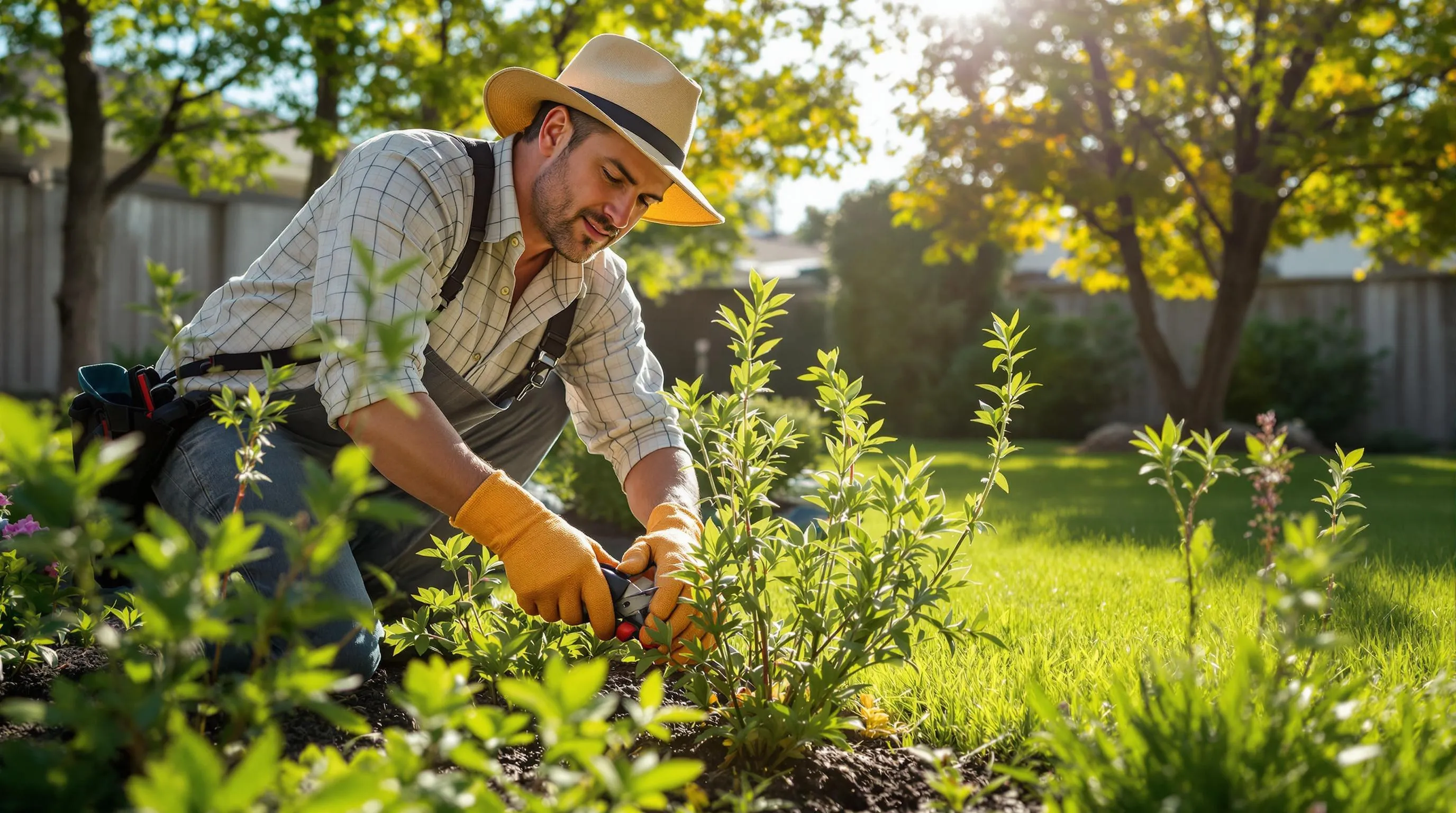
Even the best-designed fire-resistant industry requires regular maintenance to remain effective. Creating your defensible space is just the first step—maintaining it is equally crucial. Regular pruning helps remove dead plant material that can become fuel for fires. You’ll need to mow grasses to a maximum height of 4 inches, especially before fire season begins. Remove fallen leaves, pine needles, and other debris from your gutters, roof, and around your property at least twice yearly. Inspect irrigation systems monthly to ensure proper functioning and adequate moisture for fire-resistant plants. Thin out vegetation regularly to maintain appropriate spacing between plants and trees. Remember to check your hardscaping elements for damage or deterioration that might compromise their fire-resistant properties. By implementing these maintenance practices consistently, you’ll maximize the effectiveness of your fire-resistant industry and enhance your home’s protection against wildfires.
Cost-Effective Fire Resistant Landscaping Ideas for Any Budget
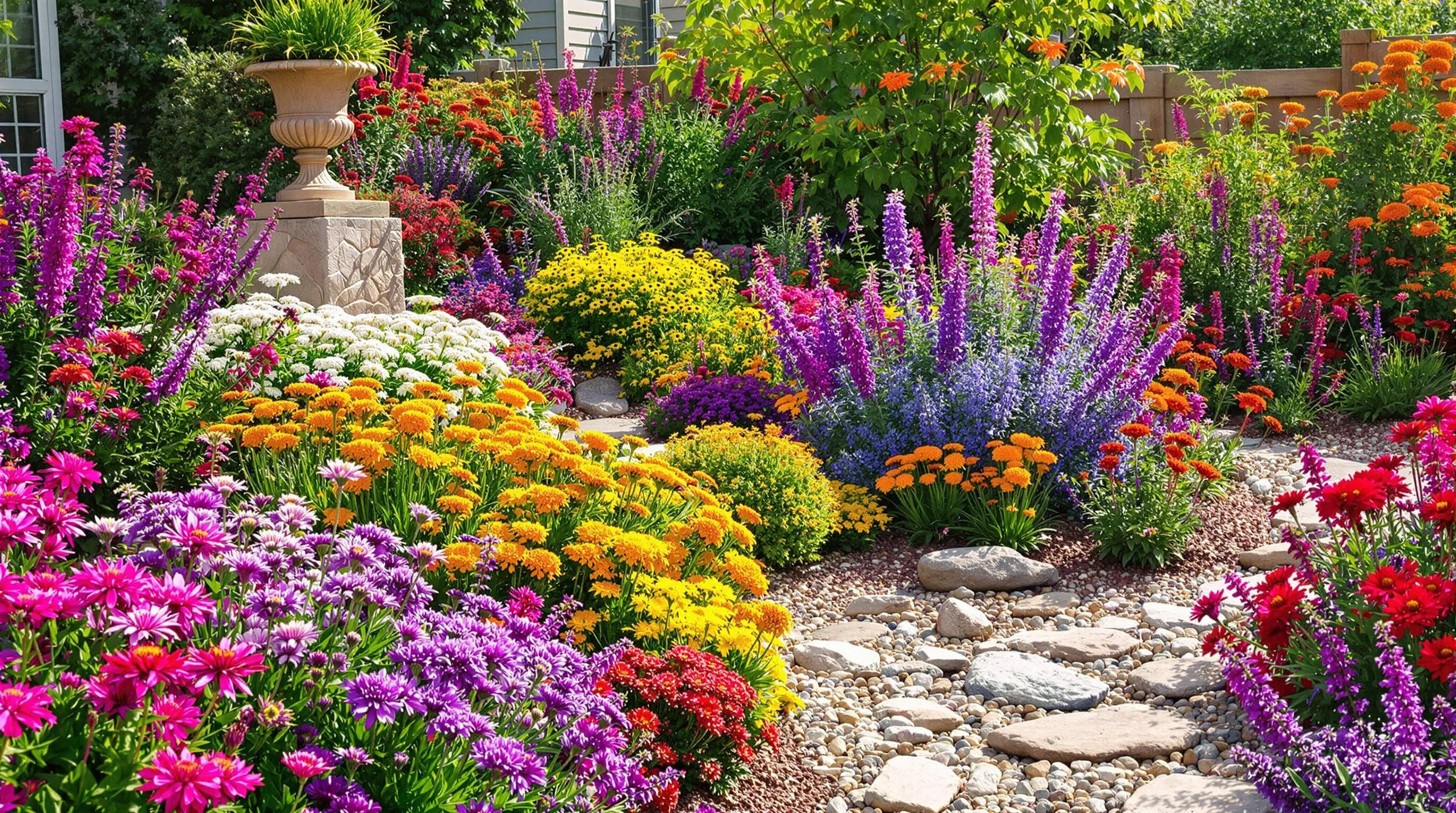
Creating a fire-resistant industry doesn’t have to expensive. Here are practical, affordable options for improving your property’s fire safety:
- Gravel and stone groundcovers – Replace flammable mulch with inexpensive gravel or river rocks to create effective firebreaks around your home for $3-5 per square foot. These materials require zero maintenance and last indefinitely.
- Native plant selections – Choose indigenous fire-resistant plants that typically cost 30-50% less than exotic varieties. Native plants like yarrow, coneflowers, and salvia adapt to local conditions, requiring minimal water and care while naturally resisting fire.
- DIY hardscaping projects – Build simple stone pathways or patios using locally sourced materials for $2-10 per square foot compared to $15-30 for professional installation. These features create crucial fire breaks while adding visual interest.
- Lawn reduction – Replace portions of water-hungry grass with drought-tolerant ground covers like ice plant or sedum. This cuts water bills by up to 60% while creating less flammable landscapes.
- Strategic pruning – Regularly trim existing trees and shrubs to remove dead material and maintain 10-foot spacing between plants. This free maintenance practice dramatically reduces fire ladder potential.
- Repurposed containers – Use old metal buckets, ceramic pots, or concrete planters to create fire-resistant container gardens. Fill with succulents or other moisture-rich plants to create attractive firebreaks on decks and patios.
- Low-cost irrigation upgrades – Install basic drip irrigation systems starting at $50 for a small garden area. These simple systems direct water precisely where needed, keeping fire-resistant plants healthy while using 30-50% less water than conventional sprinklers.
- Community resource sharing – Organize neighborhood plant exchanges to trade fire-resistant varieties with neighbors. Many native plant societies also offer free cuttings or discounted seedlings during community events.
- Phased implementation – Focus first on the critical 5-foot zone immediately surrounding your home, then gradually expand your fire-resistant landscaping as budget allows. This strategic approach prioritizes the most vulnerable areas.
- Mulch alternatives – Use decomposed granite or crushed rock instead of wood chips near structures. These non-flammable options cost approximately $40-60 per cubic yard and provide similar weed suppression benefits without the fire risk.
Working With Local Regulations and Fire Codes
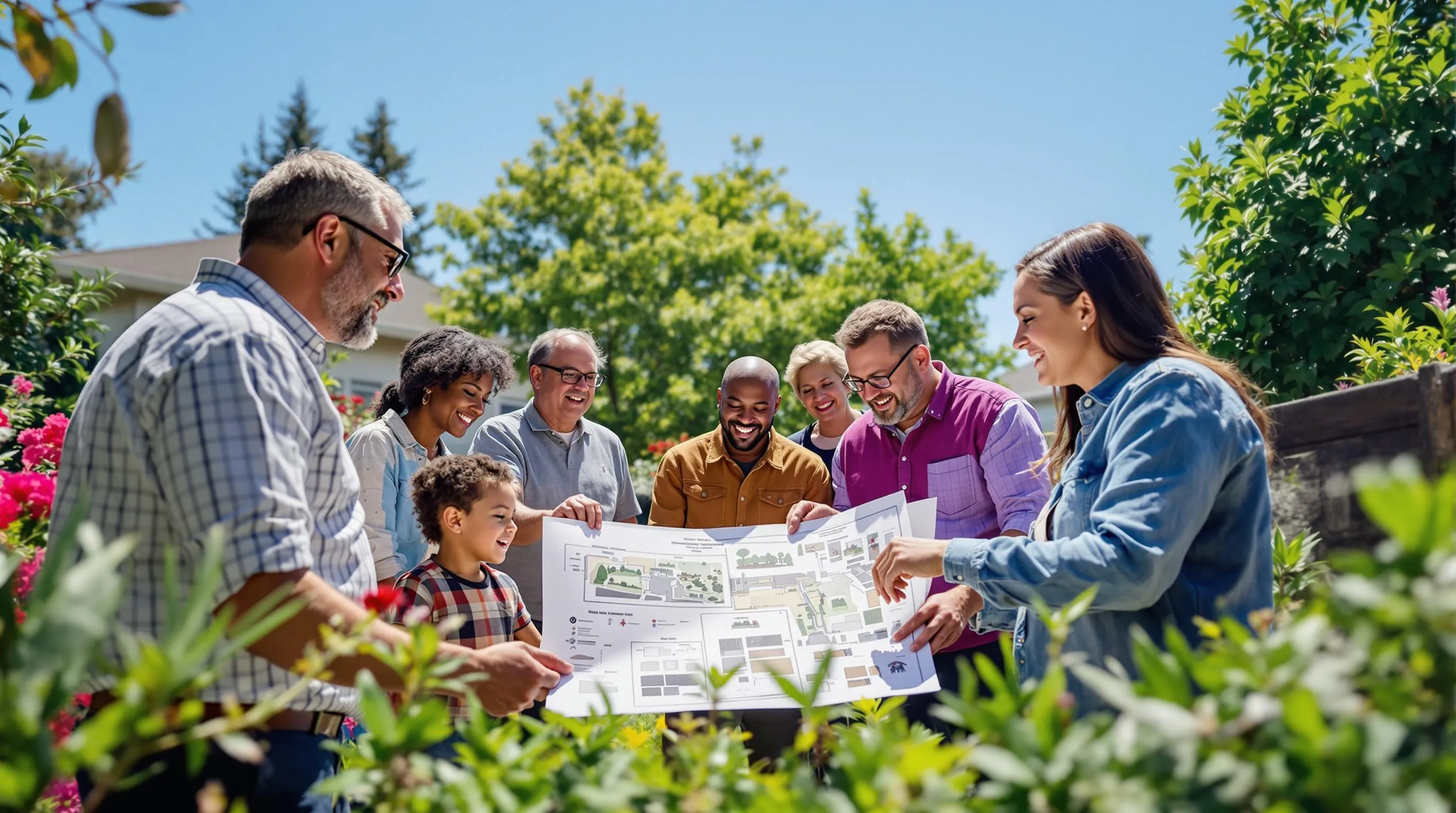
Before implementing your fire-resistant landscaping plan, you’ll need to navigate local regulations and fire codes exact to your area. Many municipalities in fire-prone regions have established strict guidelines about vegetation management, defensible space requirements, and building materials. Contact your local fire department or building department to request current regulations that apply to your property. These codes often specify minimum clearance distances between structures and vegetation, prohibited plant species, and maintenance requirements for properties in wildfire-prone areas. Some communities offer free property inspections where fire officials can provide personalized recommendations for your industry. Also, check with your homeowners’ association for any exact landscaping restrictions that might affect your fire-resistant design. Complying with these regulations isn’t just about avoiding potential fines—it’s about ensuring your fire-resistant landscaping efforts effectively protect your home and contribute to community-wide wildfire mitigation strategies.
Conclusion: Protecting Your Property With Beautiful Fire-Resistant Design
Fire-resistant landscaping isn’t just about protection—it’s about creating a sustainable beautiful space that works with nature rather than against it. By implementing defensible zones strategically placing hardscaping elements and choosing the right plants you’re making a smart investment in your property’s safety and value.
Remember that fire-resistant doesn’t mean boring or barren. Your industry can be lush vibrant and full of life while still providing critical protection during fire season. With proper maintenance smart irrigation and thoughtful design choices you’ll enjoy peace of mind along with your outdoor living space.
Start small if needed but start today. Every fire-resistant feature you add to your industry is another layer of protection for your home and family when it matters most.

